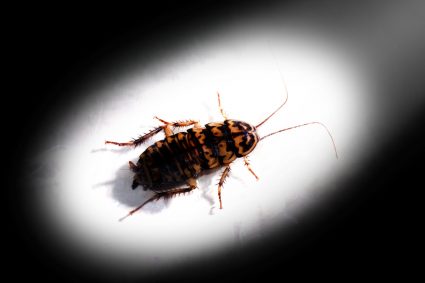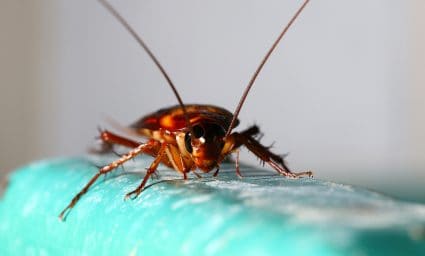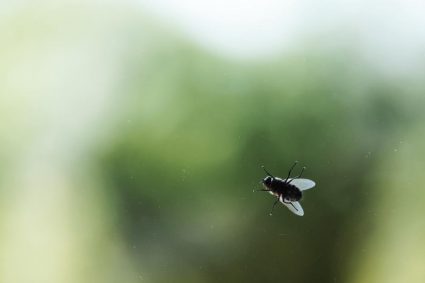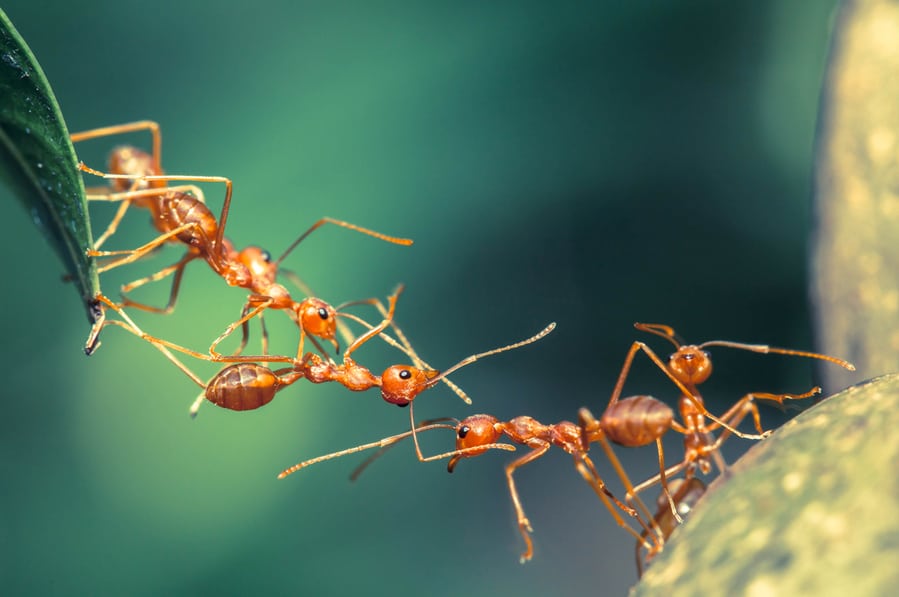
Ant infestations in houses and yards make life difficult for residents. One of my friends recently consulted a pest control company to eliminate a severe ant infestation in his home.
However, he was concerned about using chemicals and asked me about what pest exterminators use against ants and the effects of such pesticides on human health.
Upon doing some thorough research, I compiled a list of chemicals professional pest control technicians use in the United States to eliminate ants and their effects on humans, pets, and the environment.
Pest exterminators use many chemicals against ants, including Pyrethroids and Pyrethrin, Piperonyl Butoxide, Methoprene and Pyriproxyfen, Hydramethylnon, Neonicotinoids, Fipronil, Avermectin, Metaflumizone, Fenoxycarbs, and Indoxacarb, Metaflumizone, and Boric Acid.
Let’s learn about what chemicals exterminators use against ants, their effects on humans, pets, and the environment, and ways to minimize the effects of chemical treatment for ants.
Chemicals Exterminators Use To Eliminate Ants
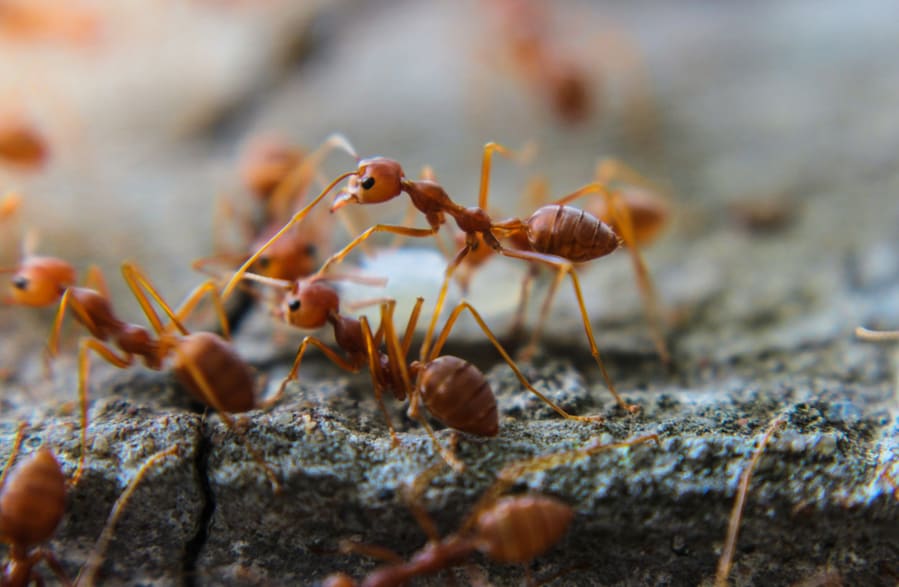
Exterminators use various chemicals to eliminate ant infestations. They usually use combinations of different pesticides since ants become increasingly immune to some substances.
Here’s a list of the most popular chemicals used by pest control technicians in the United States:
Pyrethroids and Pyrethrins

These are the most commonly used chemicals against ants in the United States. Pyrethroids are a group of insecticides that effectively kills ants by paralyzing them.
Pyrethroids mimic Pyrethrins which are natural insecticides procured from chrysanthemum flowers. Both are safe for humans and animals, resulting in their popularity. There are more than 4,000 household products containing Pyrethroids and Pyrethrins.
However, Pyrethroids and Pyrethrins are toxic for aquatic organisms, requiring careful handling and safe disposal to avoid the contamination of waterways.
Piperonyl Butoxide
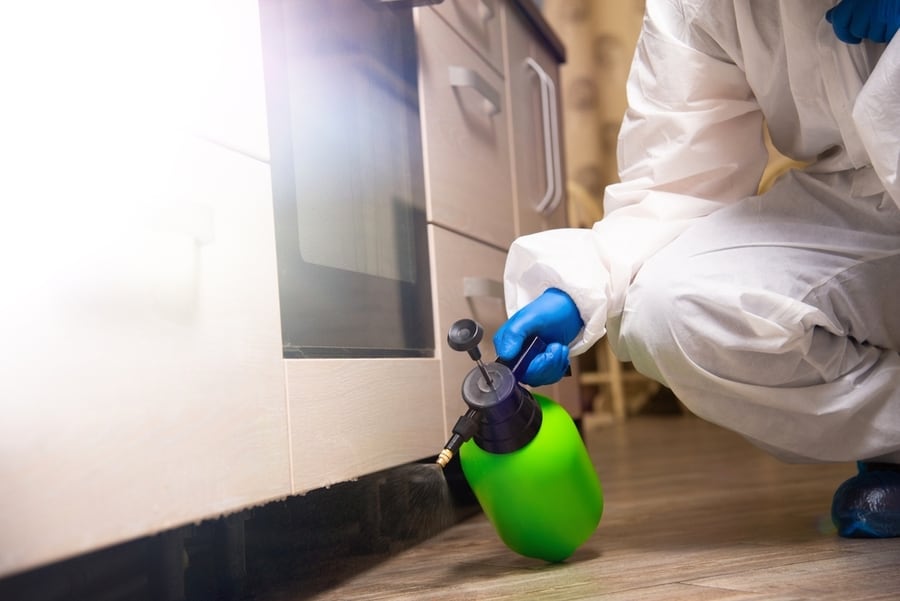
Pest exterminators use this chemical alongside pesticides, although it isn’t toxic to ants and other pests.
Piperonyl Butoxide increases the effectiveness of chemical treatment against ants by weakening their metabolisms, making them more prone to other insecticides.
Although classified by EPA as a carcinogen, Piperonyl Butoxide isn’t harmful to humans and animals. However, exposure can sometimes cause symptoms such as vomiting and diarrhea.
Methoprene and Pyriproxyfen
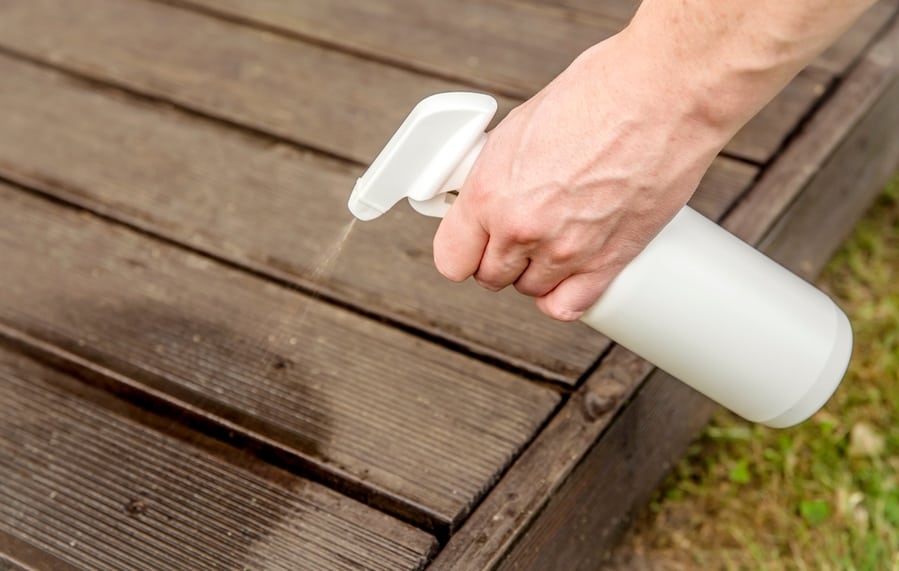
These two chemicals belong to the category of Insect Growth Regulators (IGR) that prevents young insects from maturing into reproducing adults.
Although Methoprene and Pyriproxyfen work against many insects, including ants, the chemicals are mostly used to kill fire ants.
Methoprene and Pyriproxyfen are not harmful to humans and pets. However, they poison aquatic animals, requiring the safe disposal of containers used to store Methoprene and Pyriproxyfen.
Hydramethylnon
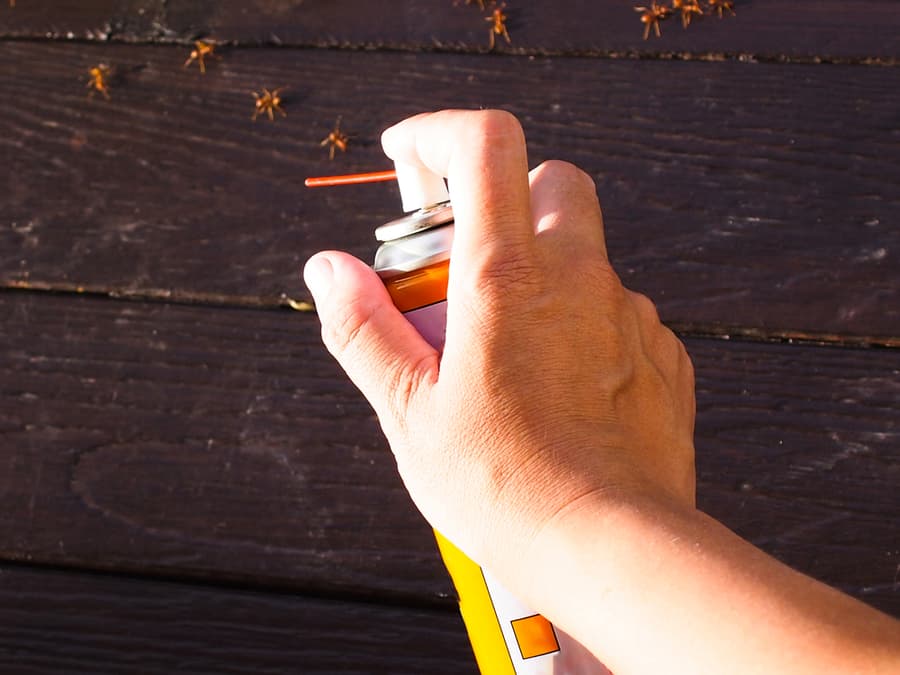
This insecticide slowly kills ants, termites, and roaches by weakening them, causing them to die in three to four days.
Infected ants also spread the effects to their nests, eventually contaminating the entire colony.
Hydramethylnon is highly popular among pest exterminators due to its efficacy as a long-term solution.
Classified as a carcinogen by the EPA, hydramethylnon can sometimes cause eye irritations and respiratory issues.
Neonicotinoids
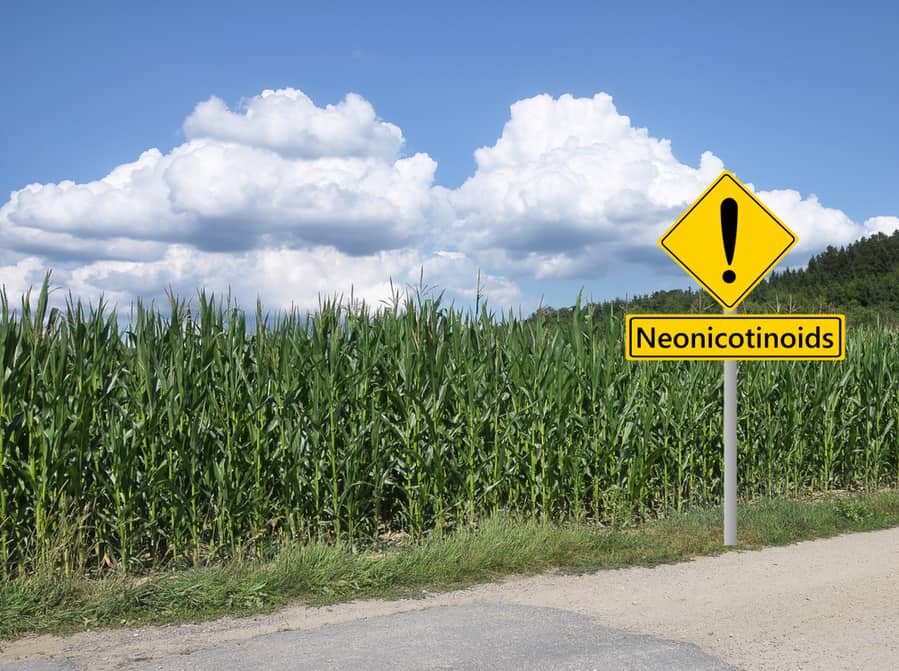
Introduced to the United States in the 90s, Neonicotinoids are a class of chemicals derived from plant pollen and nectar.
Acetamiprid, clothianidin, imidacloprid, and thiamethoxam are some of the most popular Neonicotinoids used to eliminate ants.
Most pest exterminators use gels and liquids containing Neonicotinoids to eliminate ants indoors, especially fire ants, carpenter ants, and Argentine ants.
Neonicotinoids are moderately toxic to humans and pets. They can enter the body through the skin, negatively affecting the nervous system.
Long-term exposure to imidacloprid has also been linked to reducing fertility in some animals.
Fipronil

Classified as a carcinogen by the EPA, Fipronil is available as granules, gels, and liquids. It’s highly effective against most ant species, including fire ants, carpenter ants, and Argentine ants.
Fipronil has a distinct smell that attracts ants, killing the ones that come into direct contact with it by damaging the nervous system.
Exterminators usually apply Fipronil around the entry points to ant nests or areas they frequent.
Ingesting Fipronil can cause severe nervous system damage. Traces of it can also enter the body through the skin upon direct contact.
Avermectin
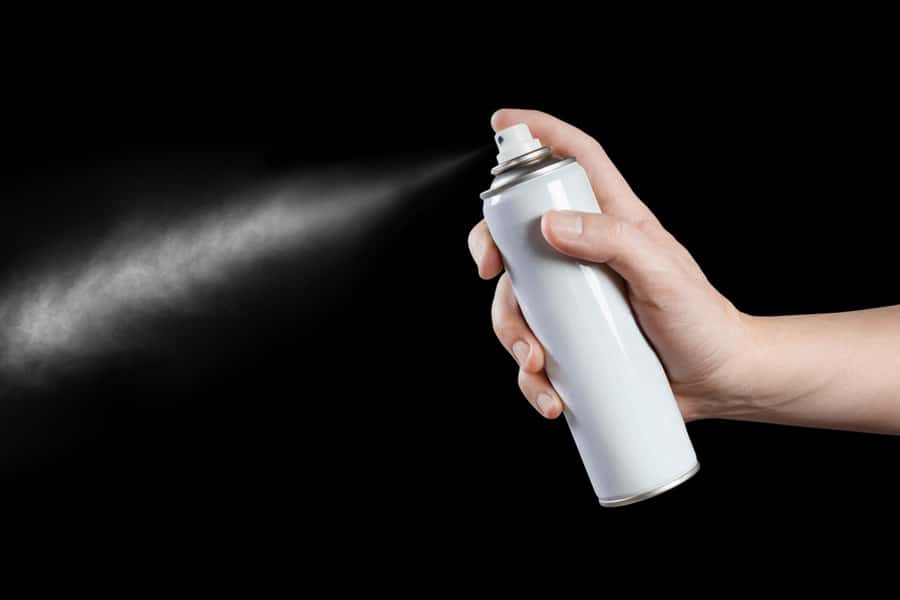
This is another popular pesticide among pest control technicians, effectively eliminating various types of ants. Avermectin usually comes as granule bait, killing ants upon contact.
Insecticide bait contains very low concentrations of Avermectin. However, it is toxic to humans, risking nervous system damage.
Exposure to high concentrations of this chemical can also affect fetus development, so experts recommend avoiding it around pregnant women.
Fenoxycarb and Indoxacarb
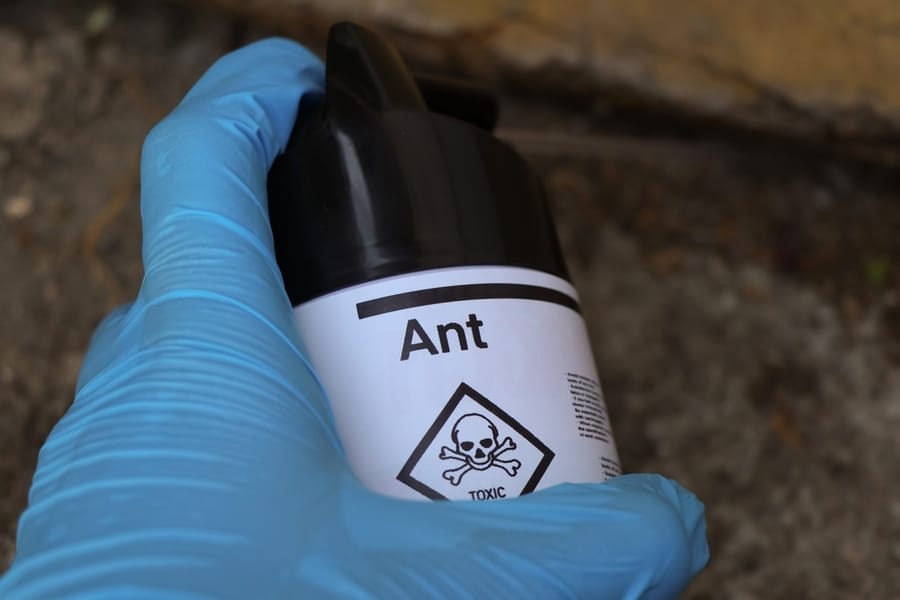
Pest exterminators specifically use Fenoxycarb and Indoxacarb against fire ants. They are usually available in granules.
Long-term exposure to Fenoxycarbs and Indoxacarbs can cause liver disease.
Some pest control technicians prefer indoxacarb since they are slightly less toxic than Fenoxycarbs.
Metaflumizone
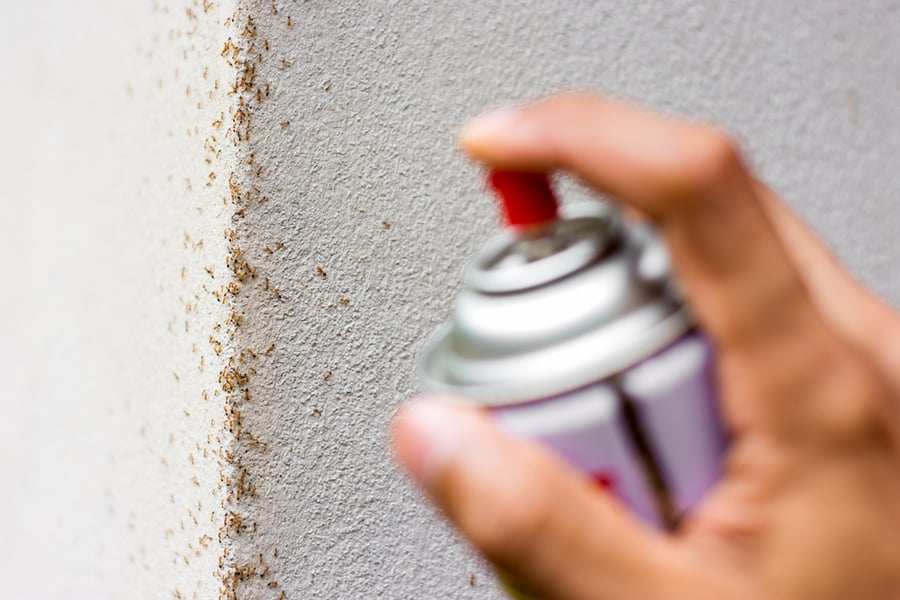
Available as pellets and granules, Metaflumizone works well against ants.
It’s also much safer to use in households being significantly low risk to human and animal health.
Boric Acid

Also known as orthoboric acid, this natural compound has been widely used for over a century for various purposes, including pest control. Pest exterminators usually apply boric acid powder around ant nests.
Boric acid attracts ants who ingest it due to its sweetness. The substance slowly affects the digestive system upon ingestion, eventually killing ants. Ants also take boric acid to their colonies, finally taking the entire colony down.
Ingestion of boric acid is harmful to humans and pets. Therefore, pest exterminators usually avoid using it around children and pets or inform their clients about the danger it poses.
Carbamates and Organophosphates
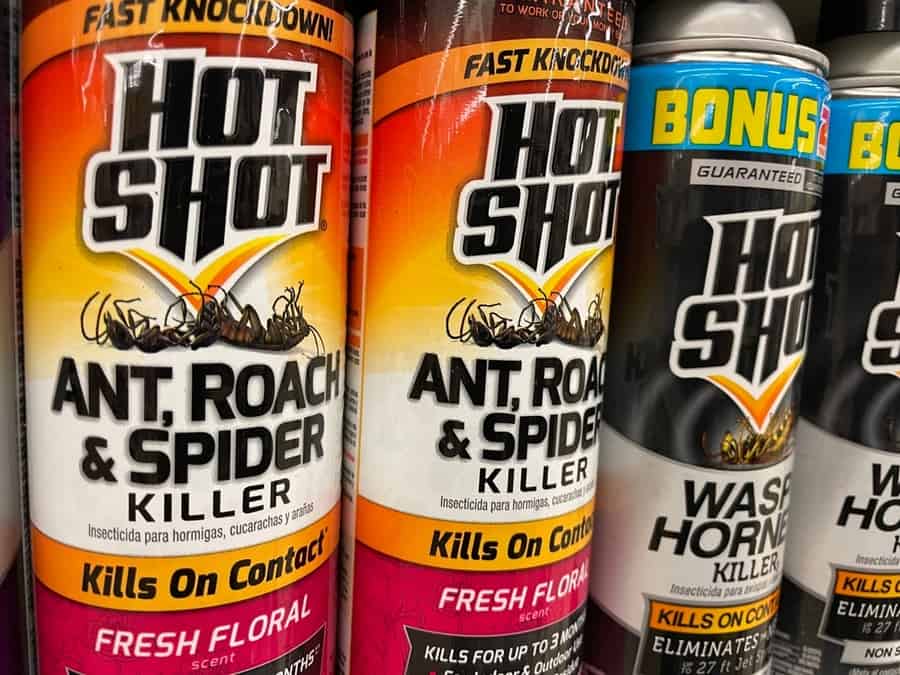
The residential use of Carbamates and Organophosphates was banned after the United States implemented the Food Quality Protection Act of 1996.
These chemicals eliminate ants and various other insects by damaging their nervous systems.
Carbamates and Organophosphates are highly toxic to humans, especially children. Some chemicals belonging to these groups have been proven to be neurotoxic.
Pyrethroids and Pyrethrin, Piperonyl Butoxide, Methoprene and Pyriproxyfen, hydramethylnon, Neonicotinoids, Fipronil, Avermectin, Metaflumizone, Fenoxycarbs and Indoxacarb, Metaflumizone, and Boric Acid are dangerous to humans, animals, and the environment. As a result, they should only be handled by a certified pest exterminator with enough training and experience to manage toxic chemicals safely.
Choose a Reputed Pest Exterminator

The details provided above are strictly informational. Consult a reputed pest exterminator to apply chemical treatment against ants.
I also recommend asking the pest control technician about the chemicals they plan on using, learning about their health effects, and avoiding potential health risks by adhering to expert instructions.
Conclusion
Pest exterminators use many chemicals to eliminate ants, including Pyrethroids and Pyrethrin, Piperonyl Butoxide, Methoprene and Pyriproxyfen, hydramethylnon, and Fipronil.
I highly recommend consulting a certified pest control service that handles chemicals safely and avoids using banned or illegal substances to ensure the health and well-being of humans and animals in a household.
Frequently Asked Questions
What Is the Best Chemical To Kill Ants?
Professional pest exterminators often use combinations of Pyrethroids and Pyrethrin to kill ants. They might also use Insect Growth Regulators such as Methoprene and Pyriproxyfen as long-term solutions to prevent ants from breeding and multiplying into severe infestations.
What Chemicals Kill Ants Instantly?
Pyrethroids and Pyrethrin, Piperonyl Butoxide, Neonicotinoids, Fipronil, Avermectin, Metaflumizone, Indoxacarbs, Metaflumizone, and Boric Acid kill ants upon direct contact by damaging their nervous or digestive systems. Hydramethylnon usually takes three to four days to kill ants, weakening them upon touch.
What Chemicals Do Most Pest Control Companies Use?
Most pest control companies use Pyrethroids and Pyrethrin. Pyrethrins are a naturally occurring substance found in chrysanthemum flowers. Pyrethroids have been developed to mimic the effects of Pyrethrin.
How Do Professionals Kill Ants?
Professionals kill ants by spraying, fogging, baiting, or the application of liquids, gels, granules, or powder containing insecticides such as Pyrethroids and Pyrethrin, Piperonyl Butoxide, hydramethylnon, Neonicotinoids, Fipronil, Avermectin, Metaflumizone, Indoxacarbs, Metaflumizone, and Boric Acid and Insect Growth Regulators such as Methoprene, Pyriproxyfen, and Fenoxycarbs.



